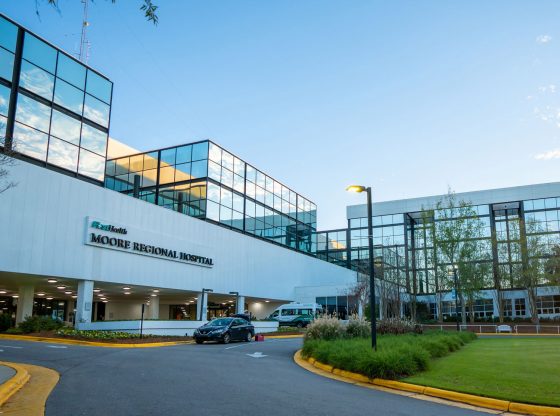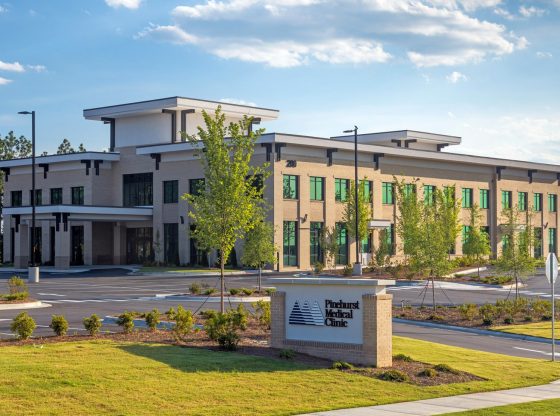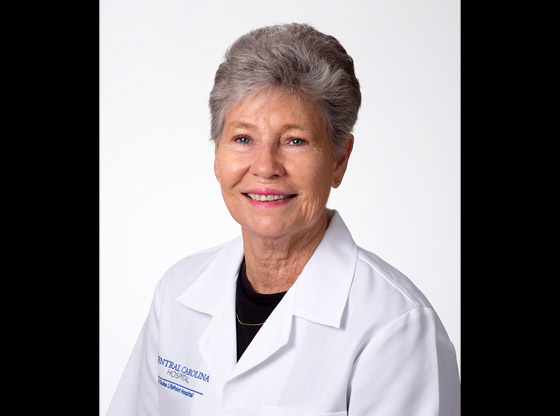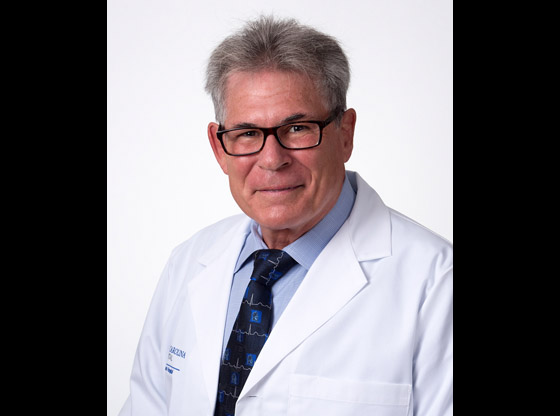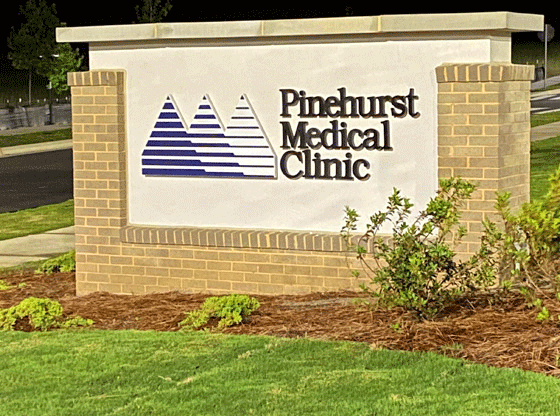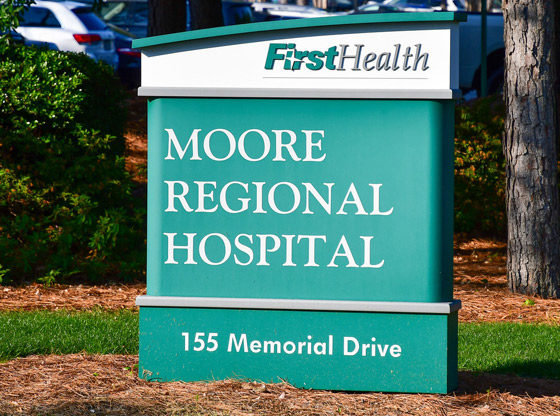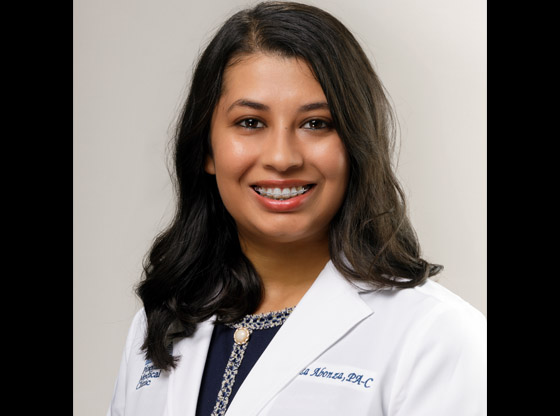As fears surrounding COVID-19 continue to rise, emergency departments around the country are reporting a decrease in visits. While keeping social distance is important, health officials express concern that people are jeopardizing their safety by not seeking necessary urgent medical care.
This is especially true when it comes to stroke, which can lead to serious complications and death if not treated promptly. Stroke is the leading cause of long-term disability in the United States and the cause of more than 140,000 deaths per year, according to the U.S. Centers for Disease Control and Prevention (CDC).
During National Stroke Awareness Month, it’s vital that communities know visiting hospitals and emergency departments is safe and appropriate when there’s a medical emergency. Not seeking care can be potentially fatal.
“Many people are in denial and think they’ll take a nap first to see if they feel better,’ said FirstHealth stroke coordinator Barbara McGrath, R.N. “This could be the difference between life, disability and death.”
Stroke symptoms come on suddenly. Using the acronym BE FAST can help people determine when it’s time to call 911.
Know The Signs
B – Loss of balance
E – Eyes, blurry vision, double vision and loss in one eye or both
F – Face drooping
A – Arm weakness or numbness
S – Speech is slurred or difficult
T – Time to call 911
FirstHealth neuro hospitalist Melanie Blacker, M.D., added that sudden, severe headache could also present as a stroke symptom. “Stroke is a medical emergency. The faster symptoms are recognized and evaluated, the higher the chance of potential treatment and improved outcomes,” she said.
Patients who arrive at the emergency room within three hours of their first symptoms tend to have less disability after a stroke, compared to those who delayed care, reported the CDC.
“Delay in seeking medical attention is the most common reason patients aren’t eligible to receive treatment for stroke,” McGrath said.
To ensure patients receive proper medical attention during the COVID-19 outbreak, FirstHealth has instituted comprehensive infection control practices to keep patients and staff safe. Strict protocol is in place, and all staff use proper personal protective equipment. “Our first responders and hospital-based stroke team are available 24/7 to assess patients with suspected stroke,” Dr. Blacker said.
An emerging link between the COVID-19 virus and dangerous blood clotting make stroke awareness all the more timely. Dr. Blacker said there is evidence that some patients with the virus have an increased susceptibility to blood clots, meaning an increased risk of stroke. Hospitals in New York reported unusual cases of younger coronavirus patients experiencing severe stroke. The patients presented none of the usual stroke risk factors and fell within the 30-50 age range. Dr. Blacker said this is “an area of ongoing research.”
For more information, visit www.firsthealth.org/stroke.
Courtesy photo/contributed




